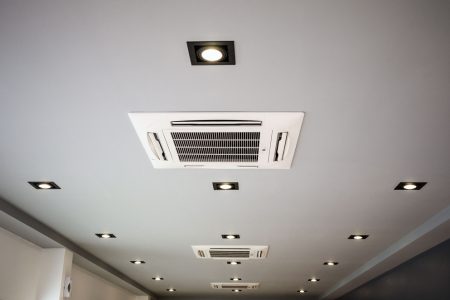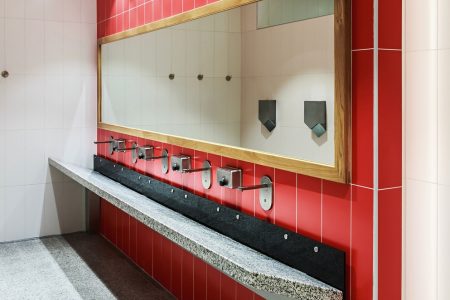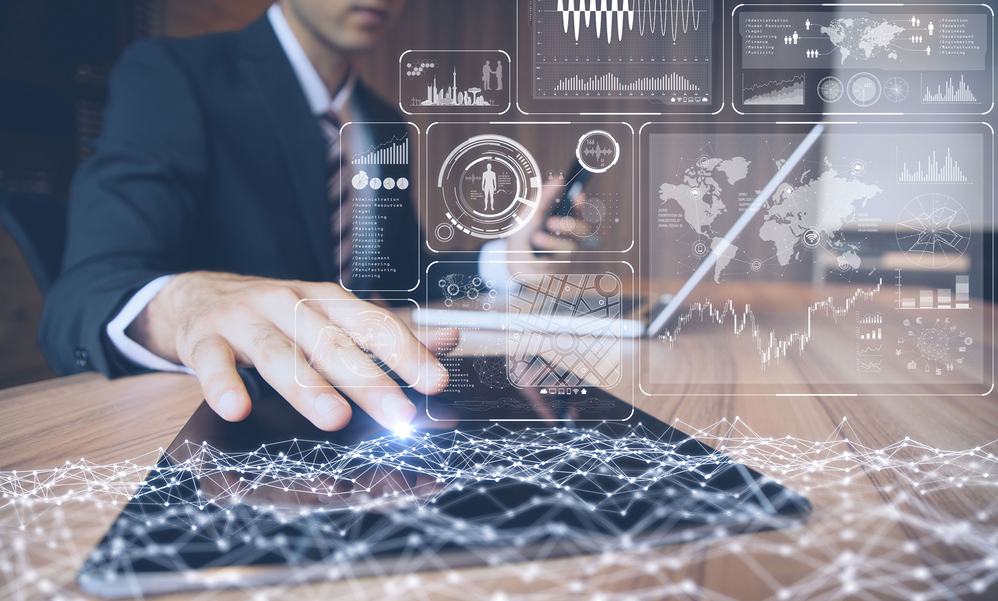Smart buildings for efficient processes
Issue :
read all articles online
read as pdf
Detect and eliminate faults in an installation at an early stage, automatically adapt the room climate or clean rooms as needed depending on their use—all this is made possible by smart services. Self-powered sensors make services and client properties smarter, thereby optimizing processes and workflows. That’s why the Piepenbrock Group is actively working in the area of smart services, specifically when it comes to using the Internet of Things (IoT) in an integrated facility management system.
Service center pilot project
Piepenbrock conducted a pilot project in its service center in Osnabrück, Germany, using different sensors and actuators in conference rooms, break rooms, offices and restrooms. Based on this project, the service provider’s customers and guests can experience smart services in action at any time. The company primarily uses sensors and actuators that obtain their energy from their immediate surroundings through the energy harvesting technology from EnOcean. For example, all it takes is a press of a switch to transmit a wireless telegram.
These sensors and actuators serve different purposes. For example, they control lighting systems, blinds, air conditioning and heating installations as well as projectors. They also measure how often rooms are frequented, the temperature, the air quality or the fill level of soap and towel dispensers in the restrooms.

Examples of IoT-based scenarios
Restrooms: A sensor on the soap dispenser determines, for example, the fill level and sends an automatic notification to the responsible janitorial staff member as soon as the threshold value is exceeded. This allows the soap to be refilled as needed and increases user satisfaction.

A door contact sensor determines how often the restrooms are frequented and prompts the janitorial staff to clean the room as needed according to the same pattern when a threshold value is exceeded.

Conference rooms: The conference rooms are also cleaned depending on how often they are frequented. Motion sensors with a special algorithm installed in the room supply the necessary data. The networked devices in the conference room can also be controlled via an app on a tablet or a smartphone, based on preprogrammed scenarios.
Thus, the projector automatically starts up in “Presentation” mode while the blinds are simultaneously lowered. The lighting is also adapted to the scenarios, switching the lights on if the room is being used for a meeting or turning them off for presentations.

Analysis in the cloud
All raw data supplied by the sensors and actuators is combined in the cloud and made usable via a software solution, thus enabling in-depth analyses of ways to further optimize services and increase efficiency are thus made possible. In other application scenarios, sensors can, for example, detect whether proactive maintenance of technical equipment is necessary.
In addition to the solutions described, service providers such as Piepenbrock can also manage conference rooms, room bookings or building security via the new smart services. This also includes optimizing the management of parking spaces in parking lots based on sensor data.
Preliminary conclusions from the pilot project
Sensors help make the building smarter and services more user-oriented. Resources can thus be better planned and used, which saves time and money. At the same time, this type of service provision ensures higher customer satisfaction by increasing the quality of service and, at the same time, helping to preserve the value of the real estate.
New articles in Smart Spaces
Top articles





